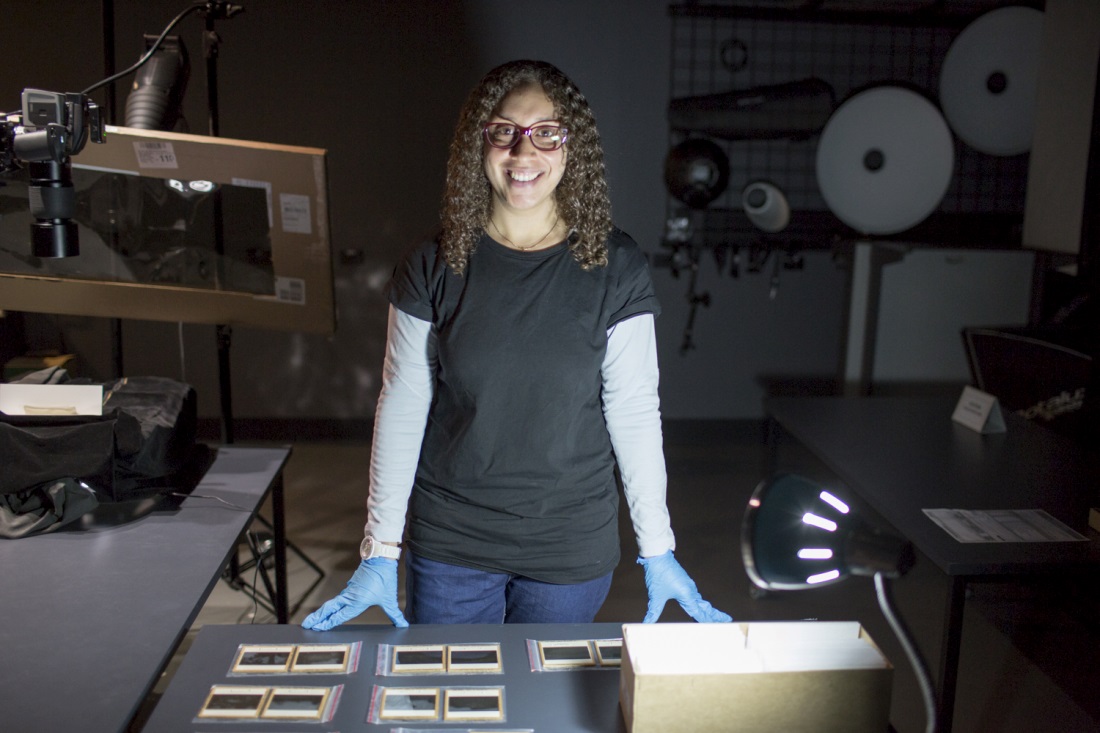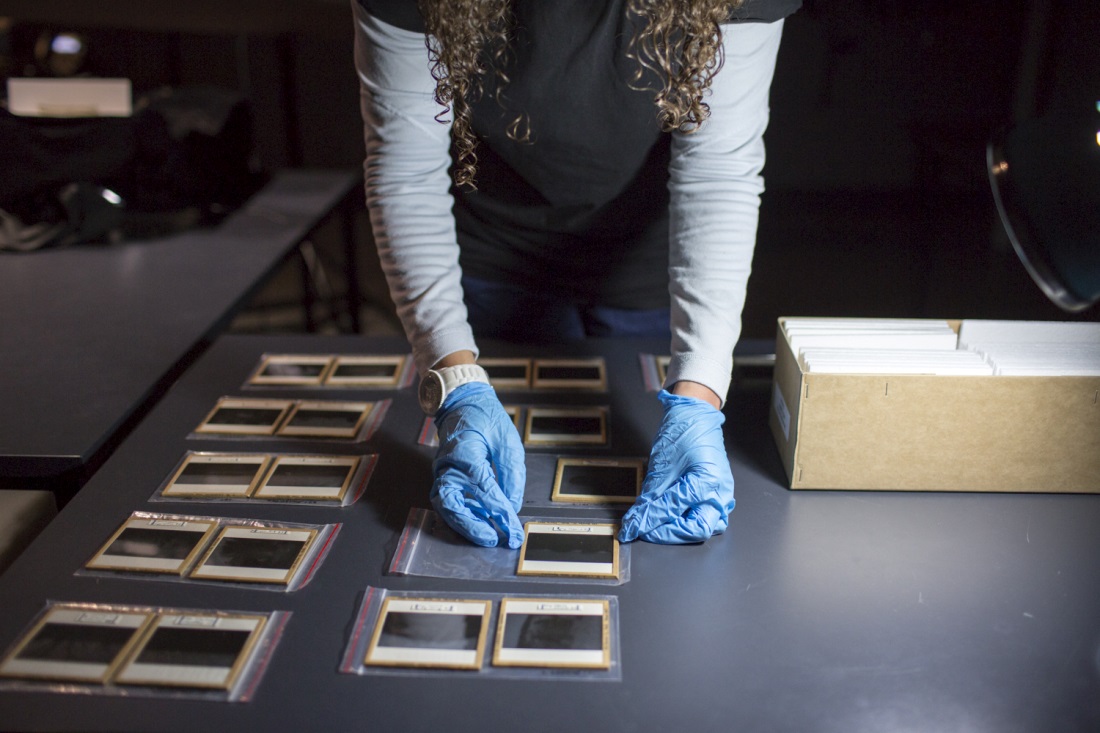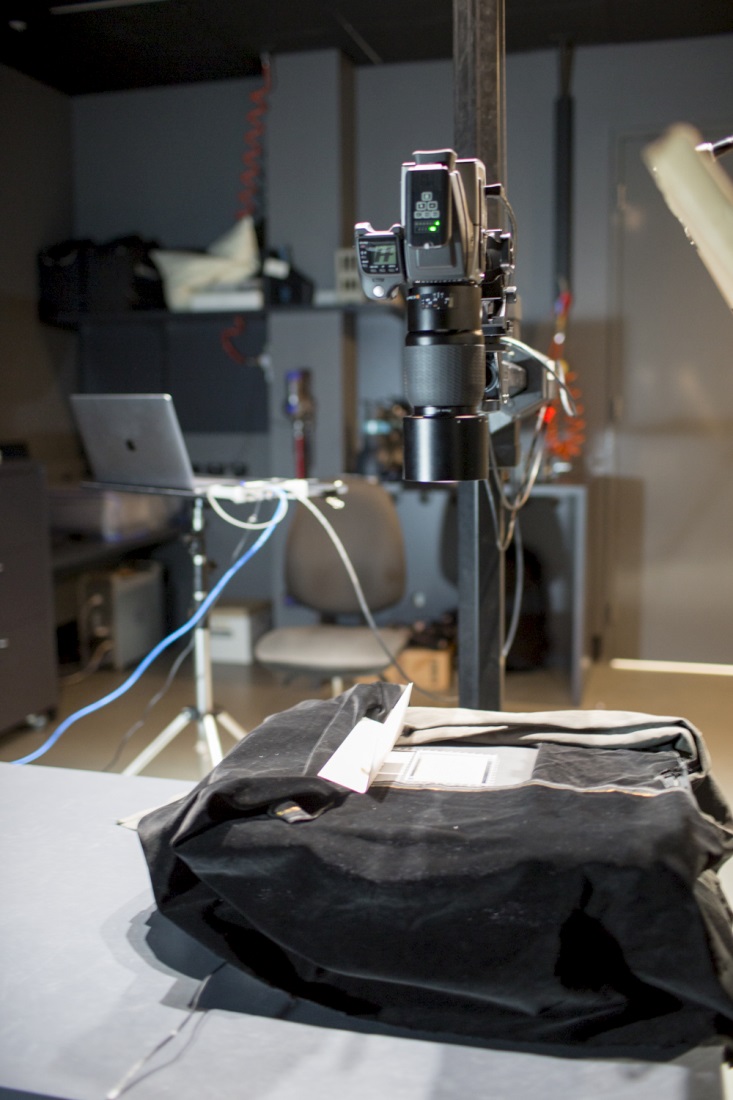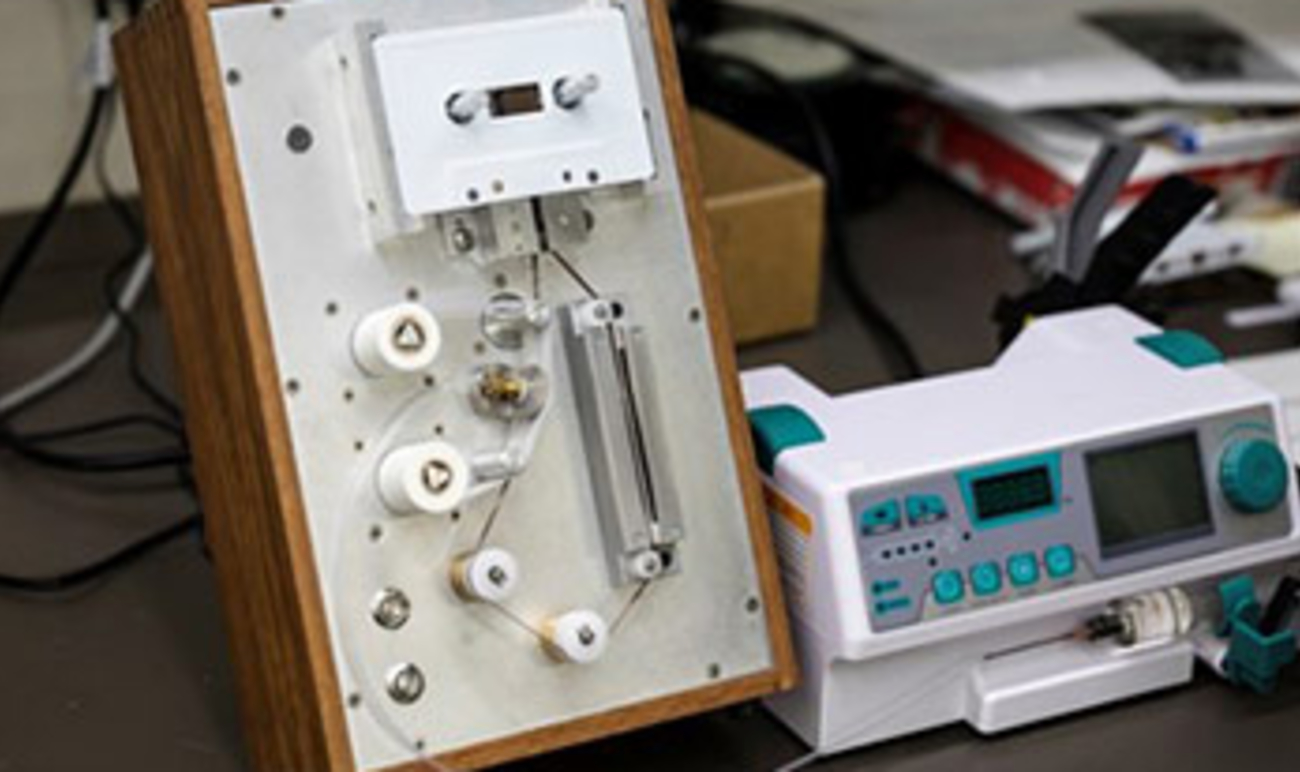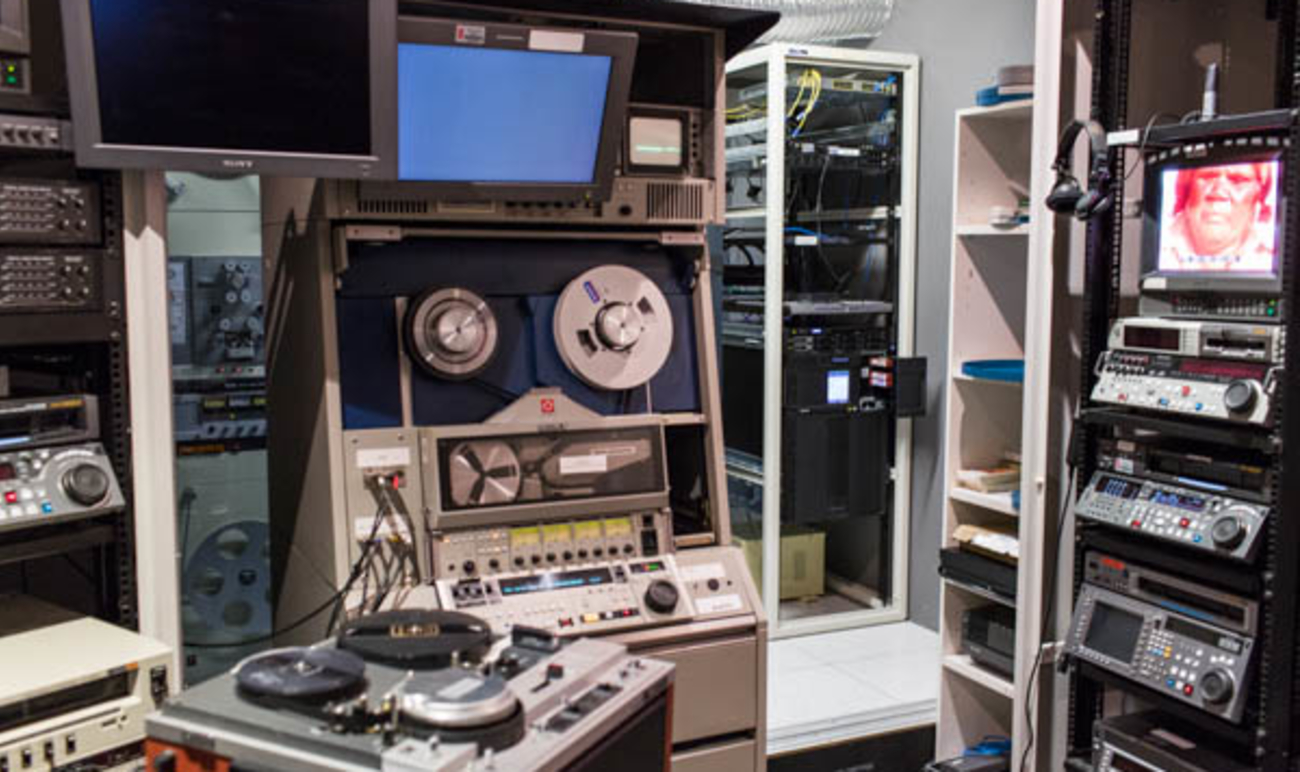Lantern slides are a unique format that were in wide use from the 18th to mid-20th century and allowed glass photographic transparencies to be displayed using a magic lantern projector. They were often shown to large groups of people as a form of entertainment, and are referred to as a precursor to cinema. Content was often enhanced with hand colouring and oration to provide a narrative.
AIATSIS has around 850 lantern slides across 18 sub-collections in its Pictorial Collection. The majority of these slides were collected and used by missionaries including Ernest Brainwood, Herbert Read and Arthur Mathews from the early 1900s to the mid-1940s. These document the people and activities undertaken at UAM (United Aborigines Mission) and other missions across Australia.
The photographic digitisation team at AIATSIS recently re-visited the lantern slide digitisation process with the purchase of new high resolution 200 megapixel Hasselblad H5D multi-shot camera and the establishment of a dedicated photographic studio suitable for this work.
Previously we had utilised flatbed scanners for some of the lantern slide collections, but these produced mixed results and didn’t allow the full rebate and exterior detail of our lantern slides to be captured. This meant we weren’t fully preserving the entirety of this unique format.
We developed an innovative solution that enabled us to capture both the transparent and reflective elements of the format in a single capture that didn’t require complex compositing or post-production work.
A light table was required to suitably illuminate the transparent window of the lantern slides with a bright and neutral light source to capture with the camera. We used a light table that had recently been retrofitted with high quality LED lighting strips that had a CRI (colour rendering index) of 98 out of 100. This results in a very good reproduction of the entire colour spectrum creating a neutral light source for preserving cultural heritage materials.
We utilised a scanner frame to position the lantern slides some distance above the light source and ensure there was satisfactory diffusion to prevent any variations in light intensity across the capture frame. All other areas except the transparent image frame on the lantern slides were masked and covered with thick black fabric to ensure no light escaped and caused any flaring in the camera lens or other reflective surfaces.
We then introduced a strobe flash light directly aimed at the top surface of the lantern slide and bounced light back across using a small white reflector card to ensure even illumination across the top surface.
Polarising filtration was used in front of the light source and on the camera lens to ensure any specular highlights or flaring from the second light source was cut down and minimised to ensure the best possible digitisation outcome.
This approach gave us a robust solution for quickly and efficiently capturing all lantern slides held in the AIATSIS collection in a sympathetic way that showcases this special and unique format. By capturing the entirety of these objects we have provided a better rendition of the whole collection item that better contextualises the image content and provides further valuable information for clients to better interpret our collection.
